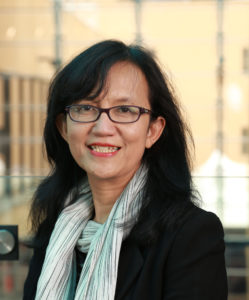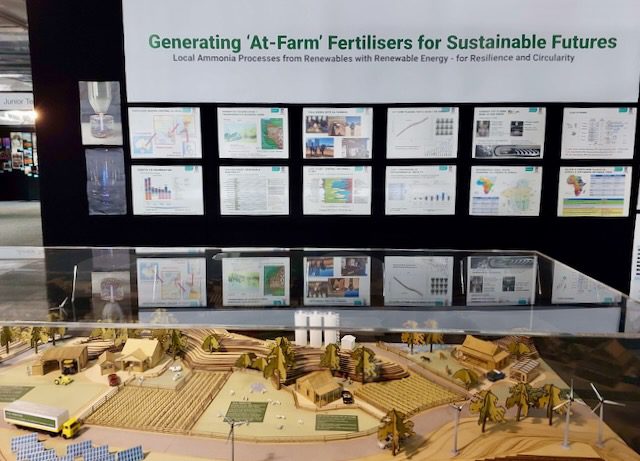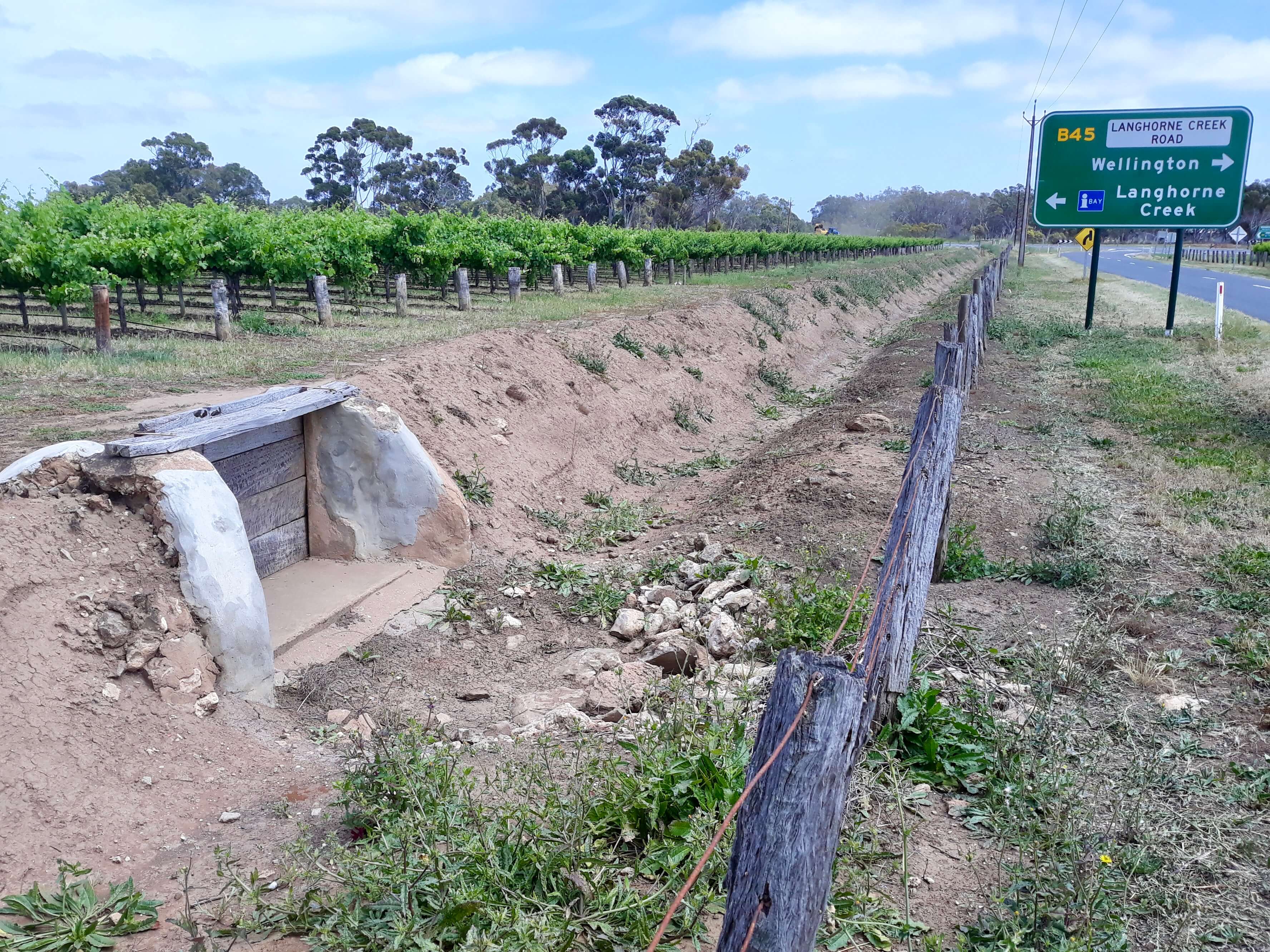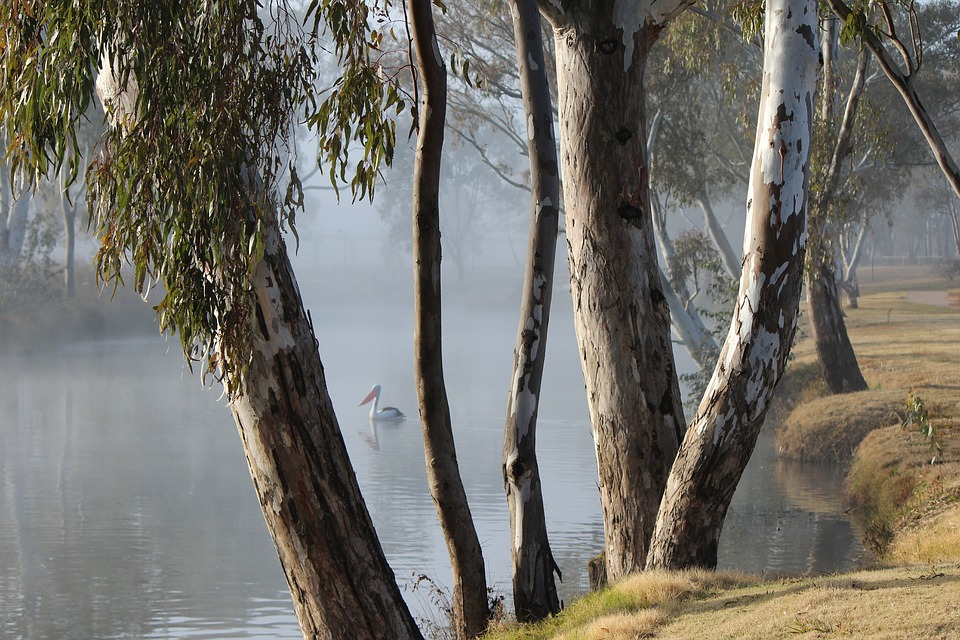The world’s leading climate scientists at the Intergovernmental Panel on Climate Change – IPCC, have warned that the prospect of limiting global warming to 1.5C will be out of reach within 12 years at current rates of greenhouse gas emissions.
The latest 2021 report has indisputably confirmed that human activity is heating the planet, causing widespread, rapid and unprecedented changes in the atmosphere, ocean, cryosphere and biosphere. Evidence of these changes can be seen in extremes such as heatwaves, heavy rainfall, droughts, and tropical cyclones.
Improved research into climate processes, paleoclimate evidence and the response of the climate system, has allowed researchers to give better estimates of equilibrium climate sensitivity of 3°C. Possible climate futures include global surface temperature increase, frequency and intensity of hot extremes, heavy rains, droughts, intense tropical cyclones and reductions in Arctic sea ice, snow cover and permafrost.
Researchers from the University of Adelaide’s Environment Institute have responded to this alarming report.
Professor Bob Hill, Environment Institute Director says:
“We have finally had confirmed by the IPCC what many of us have known for years – the climate change we are experiencing is human caused. This is the biggest challenge our species will ever face – we now need our political leaders to acknowledge this reality so they can catch up with many other members of the community and instigate major mitigation programs before we lose control completely.”
“During my lifetime the amount of carbon dioxide in the atmosphere has risen by well over 20% and it is now rising faster than ever. At the very least this will severely disrupt everyone’s lives into the future – we are seeing that already with massive, destructive fires, horrifying floods and record high temperatures. Thousands of people are dying each year now as a result of climate change that we have caused and we haven’t begun to see the worst of the impacts.”
“Unlike Covid-19, we can’t be immunised against climate change, we have to do this the hard way.”
Professor Veronika Soebarto, Lead Green Urban Futures, School of Architecture and Built Environment
 “Buildings and construction activities have been shown to contribute to around 39% of carbon emissions globally, thus the building and construction industry plays a significant role in either reducing or increasing the likelihood of global warming.”
“Buildings and construction activities have been shown to contribute to around 39% of carbon emissions globally, thus the building and construction industry plays a significant role in either reducing or increasing the likelihood of global warming.”
“Whilst countries around the world, including Australia, have shown their efforts to minimise their carbon emissions from the building sector, we still have a long way to go. Around Australia, badly designed buildings – buildings that do not consider solar orientation, fully glazed buildings with no shading and lack of fresh air forcing the building to rely on air-conditioning most of the time, and buildings that use materials that trap the heat inside or radiate the heat outside and trapped by other buildings thus adding heat to our cities, continue to be built.”
“Further the existing National Construction Code only assesses the overall performance of building designs without addressing how the building will perform during extreme heat conditions. This issue needs to be addressed urgently particularly for buildings used by people who are more vulnerable to extreme conditions — the older people and people of low socio-economic status.”
“Studies conducted by researchers at the School of Architecture and Built Environment have shown that many of these people are reluctant to use air-conditioning to maintain a liveable indoor environment due to cost implications, and as the result the indoor temperatures in their homes can reach above 35 degrees during hot weather, a condition that is detrimental to their health.”
“On the other hand, badly designed buildings that make the occupants always have to rely on air-conditioning will only exacerbate the problem, as this will only continue our contribution to increasing the greenhouse gas emissions. This problem is even worsened by lack of greenspace in individual building lots in many new developments and reduced areas of greenspace in our suburbs and cities in general.”
“Governments need to act now to stop the building and construction industry to continue contributing to the increase in greenhouse gas emissions.”
Associate Professor John Tibby, Head of Geography, Environment and Population
“Studying past climates tells us that small changes in the climate can lead to very large changes in ecosystems on land and in the oceans. It really highlights the need for immediate rapid action to reduce emissions to net zero.”
“Technological solutions to removing carbon from the atmosphere do not currently exist at the scale that is needed. The only guarantee of a safe climate is drastically reduced emissions.”
“Over the coming decades we are likely to miss some climate change targets. However, this is not a reason to give up. Every small amount of warming avoided has positive outcomes for the planet and its people. Every small amount of warming avoided reduces the risk of crossing thresholds.”
Professor Peng Bi, Professor of Environmental and Public Health Medicine
“Climate change with increasing temperature will bring about more negative health outcomes, including infectious and chronic diseases including mental health illnesses, and work-related injuries and illnesses. We could see increasing emergency department visits, hospital admissions and deaths, which will challenge our already overloaded healthcare system.
We need to work together, to reduce the emission of greenhouse gases, and also to develop adaptive measurements to protect the health and well-beings of our most vulnerable populations such as the elderly, people with existing diseases, and outdoor workers.”
 Associate Professor Douglas Bardsley, Geography, Environment and Population
Associate Professor Douglas Bardsley, Geography, Environment and Population
“This report is a wake-up call for Australia regarding how the country needs to adapt to future climate change. A lot of our systems are simply not ready to deal with the projected environmental change. Many communities will not be able to adapt to all future climate change impacts, so society must be supported to prepare for the loss and damage ahead.
Agriculture has been suffering badly with drought and will need to become more resilient. Some responses will involve new technologies, but maybe Australia also needs to rethink what it is losing in relation to high quality agricultural areas and production systems. In another vital example, bushfires will increasingly challenge the outer suburbs of our cities, yet our planning systems rarely take that risk into account.
The conversation about what our society will need to look like to deal with climate change needs to be undertaken publicly to allow everyone to engage. Then, new plans will need to account for the climate change risk and governments and other decision-makers will need? to be held to account against those goals.”
Professor Phillip Weinstein, Research Fellow School of Public Health
“Climate change mitigation needs to go hand in hand with the cessation of land clearing – at the current rate of biodiversity loss due to land clearing, there will be nothing left for climate change to affect.”
Just a quick note to let you know that we have been working on highlighting the focus on climate change in our Environmental Engineering degree program, which have just been officially approved by University Council and the VC.
Professor Holger R. Maier, Environmental Engineering
“Next year, there will be a Bachelor of Engineering in Environmental and Climate Solutions and a Climate Solutions major, in which our focus is on developing solutions to deal with the climate crisis. The University of Adelaide is committed to developing the next generation of leaders capable of addressing the climate crisis.”
Professor Volker Hessel, ECMS Deputy Dean – Research, School of Chemical Engineering and Advanced Materials
“2% of all world energy and respectively climate change accounts to the ammonia production, used as a fertiliser for crop growth and this is inevitable for human survival. On top of that transportation adds to environmental impact. We recommend making fertilisers locally and regionally, much closer to the farmer. Such change of global business and supply chain models may have large positive impact to reduce the global warming.”
Associate Professor Patrick O’Connor, School of Economics and Public Policy
“The weak policy response to climate change adaptation in Australia is undermining confidence in practical solutions in the agricultural sector. Farmers want to take action on reducing emissions and increasing carbon sequestration but lack of political will to commit to serious targets is preventing farmers from economic adjustment to being part of the solution instead of part of the problem”.
Dr Wayne Boardman, School of Animal and Veterinary Science
“We are seeing more evidence of climate change through increased mortality of animals like Grey-headed flying foxes due to heat stress. Each year thousands of flying foxes and no doubt many other less noticeable species are dying during heat waves. Above 42C, flying foxes start to die. The more days above 40C, the more flying foxes and other animals will continue to die.”
“Flying foxes are key ecosystem service providers – long distance pollination and seed dispersal are their roles – new trees germinate and grow as a result. Less flying foxes, less koalas and other tree dwelling animals. All our system are interconnected; without urgent climate change mitigation strategies, ecosystems will start to unravel.”
“Our attempt to support our flying foxes in Adelaide with new high level sprinklers during heat stress events may help to support some to survive (and we must do it) but the future is bleak. We all must do as much as we can to prevent the unravelling of the interconnectedness of our ecosystems and lobby our politicians to act with urgency.”
Dr Benito Cao, Senior Lecturer in Politics
 “The IPCC’s Sixth Assessment Report concludes that it is now unequivocal that human activity is heating the planet. This finding reinforces the notion that environmental citizenship is an idea whose time has come, that the most urgent articulation of our citizenship is to pressure governments to implement policies to limit global warming to 1.5C before it is too late.”
“The IPCC’s Sixth Assessment Report concludes that it is now unequivocal that human activity is heating the planet. This finding reinforces the notion that environmental citizenship is an idea whose time has come, that the most urgent articulation of our citizenship is to pressure governments to implement policies to limit global warming to 1.5C before it is too late.”
“This is not to deny the impact we can have on business practices as consumers, but it is clear by now that unless we embrace the classical concept of citizen as a political agent and mobilise in a determined and relentless fashion over the coming years and decades, we will bequeath a planet in dire straits for young people and future generations.”
“If we fail to act as citizens, as environmental citizens, as political agents determined to limit global warming, we might as well give up on the classic concept of citizenship and submit to a destiny of subject-hood at the mercy of selfish and narrow-minded interests and catastrophic natural events. Having spent centuries of human history developing our collective power as citizens, it would be tragic to revert to the status of subjects because we failed to act as citizens, as environmental citizens, when that role was as important as it has ever been. ”
Professor Rob Fitzpatrick, Director Acid Sulfate Soils Centre (ASSC)
“Agricultural and forest soils have the potential to sequester enough carbon to make Australia carbon neutral, if not a carbon sink! Australian agriculture impacts significantly our country’s greenhouse gas emissions, and agriculture accounts for nearly twenty-five percent of emissions globally.”
“It does not need to be this way. Farmed soils have between about 20 to 70 percent less carbon than undisturbed soils, which means that agriculture has the potential to be a significant carbon sink, providing as much as 0.2 Gt CO2 equivalents per year by 2050.”
“Soils with more organic matter absorb and retain more moisture, reducing the need to irrigate and increasing a farm’s resilience to damage associated with droughts and flooding. Many practices that increase carbon sequestration and soil organic matter are already cost-effective, but widespread adoption is hampered by a variety of factors, including awareness. Australian farmers can become globally recognised climate heroes by sequestering more than a fifth of Australian carbon emissions, all without interfering with food production.”
Associate Professor Carolyn Semmler, Lead researcher Applied Cognition and Experimental Psychology
“Limiting future climate change needs to be the way forward for the future. This requires limiting cumulative CO2 emissions, reaching at least net zero CO2 emissions, along with strong reductions in other greenhouse gas emissions. Strong, rapid and sustained reductions in methane emissions would also limit the warming effect resulting from declining aerosol pollution and would improve air quality.”
“Reducing greenhouse gas emissions to low or very low within the next few years would make discernible differences in trends of global surface temperature and would begin the process to emerge from natural variability within around 20 years, and over longer time periods for many other climatic impact-drivers.”
Dr Kerryn Brent, Lecturer Adelaide Law School
 “This report contains the most detailed consideration to date by the IPCC of carbon dioxide removal (CDR) and solar radiation modification (SRM) approaches. These are proposals to address climate change either by removing CO2 directly from the atmosphere or by reflecting a percentage of solar radiation away from the earth to produce a cooling effect. Once fringe ideas, CDR and SRM are playing an increasingly prominent role in climate change policy.”
“This report contains the most detailed consideration to date by the IPCC of carbon dioxide removal (CDR) and solar radiation modification (SRM) approaches. These are proposals to address climate change either by removing CO2 directly from the atmosphere or by reflecting a percentage of solar radiation away from the earth to produce a cooling effect. Once fringe ideas, CDR and SRM are playing an increasingly prominent role in climate change policy.”
“In particular, CDR will have an important role to play in achieving global net zero and net negative emissions. As noted in this report, emission pathways consistent with 1.5-2oC of warming ‘assume the use of CDR approaches’ in addition to conventional mitigation measures. However, CDR and SRM approaches present significant risks and challenges in their own right.”
“Governance is urgently required at national and international levels to address these issues and promote responsible research, development and deployment. In addition to serving as a ‘wake-up call’ for immediate and drastic climate action, it is hoped that the IPCC’s 6th Assessment Report will provide states, policymakers and civil society with a detailed assessment of CDR and SRM that can inform and promote governance discussions.”
According to the IPCC report, to limiting future climate change requires reaching at least net zero CO2 emissions, along with strong reductions in other greenhouse gas emissions. Rapid and sustained reductions in methane emissions would also limit the warming effect and would improve air quality. Under these contrasting scenarios, discernible differences in trends of global surface temperature would begin to emerge from natural variability within around 20 years, and over longer time periods for many other climatic impact-drivers.
Lead image: Changing by the artist Alisa Singer
“As we witness our planet transforming around us we watch, listen, measure … respond.”










